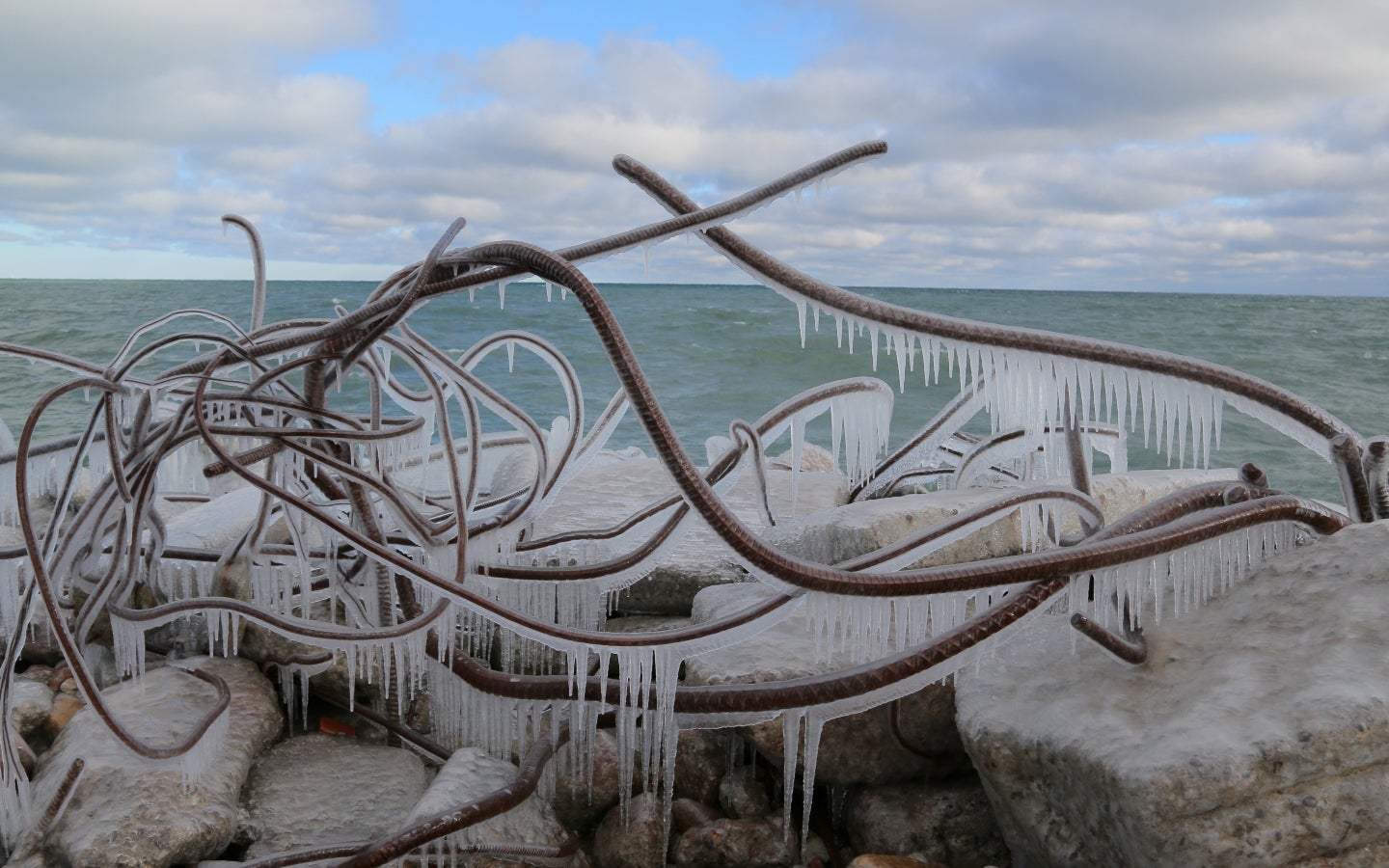Imported US ice helped 19th century British officials beat Indian heat waves
The trade with India had its share of exotica. The first Indian elephant, “Old Bet” was sent to the United States in 1795. Four decades later, there was a demand in Philadelphia for elephants and other beasts. The sale of a tiger, a leopard and even a rhinoceros turned a tidy profit to JW Rulon of Philadelphia and his partner in Calcutta, Thomas Richards.


The trade with India had its share of exotica. The first Indian elephant, “Old Bet” was sent to the United States in 1795. Four decades later, there was a demand in Philadelphia for elephants and other beasts. The sale of a tiger, a leopard and even a rhinoceros turned a tidy profit to JW Rulon of Philadelphia and his partner in Calcutta, Thomas Richards.
Less exotic but much more profitable was the export of ice from America to India.
The Indian ice trade was begun by Frederic Tudor of Boston in 1833 and continued until 1880. It was the outcome of a peculiar conjunction.
On the one side was the insatiable demand for ice from the British to cope with the subcontinent’s heat. Attempts to manufacture ice in India had proved unsatisfactory—not least because the process was highly labour intensive and the product incapable of lasting through the year.
On the other side was the availability of high-quality ice in the ponds of New England. Ecology alone would never have sufficed. It had to be yoked with technology and entrepreneurship. Tudor experimented with a range of existing and new technologies before devising an effective and profitable method of insulating ice on ships and storing it in ice-houses of his own design.
American ice proved a great success with the Anglo-Indians. The community chittered and quivered with excitement the day public sales commenced: “All business was suspended until noon…Everybody invited everybody to dinner, to taste of claret and beer cooled by the American importation.”
Urged by influential Britons in Calcutta, the East India Company not only exempted American ice from import regulations but also provided substantial incentives for the trade.
By the 1860s, ice had almost ceased to be an item of luxury. As one contemporary observed, “The arrival of our English mail is not more anxiously expected than that of an American Ice-ship when supplies run low!”
Over the following decade, the British mastered artificial refrigeration and manufacturing of ice. As so often in history, the impetus came from the requirements of military technology: the need to cool the gun turrets and magazines of the Royal Navy’s fleet.
In 1878, the Bengal Ice Company was set up in Calcutta. Close on its heels came the Crystal Ice Company. Soon, it was curtains for the Indo-American ice trade.
…
As much as the British, Americans in India were the beneficiaries of the ice trade.
Nineteen-year-old Edwin Blood woke up to a heat stroke after his first day in Calcutta during the summer of 1854. “Bring me a glass of water,” he told his Indian servant. “Nag junta, sahib” (I don’t understand, sir), came the reply.
Blood paused and blurted out the only words in Hindustani that he had learnt on the boat: “Bruf pawnee lao!” (Bring ice water).
The Indian returned in a twinkle with “a huge tumbler of water, in which was floating and clinking musically against the glass, a large piece of Wenham Ice”—from the eponymous lake in Boston.
Excerpted from Srinath Raghavan’s The Most Dangerous Place: A History of the United States in South Asia with permission from Penguin India. We welcome your comments at [email protected].